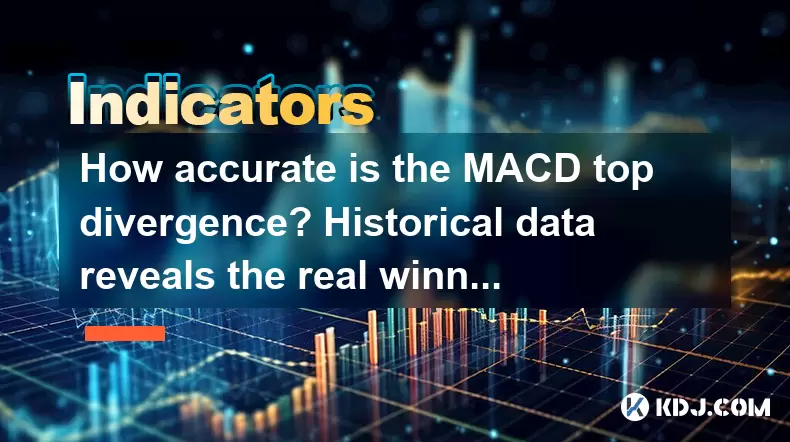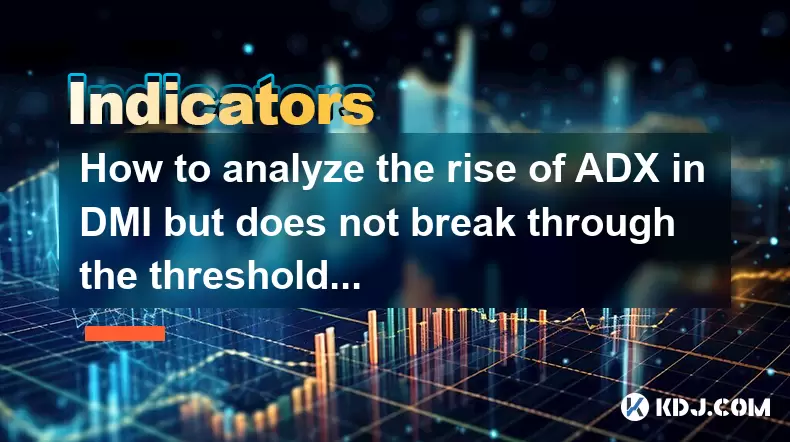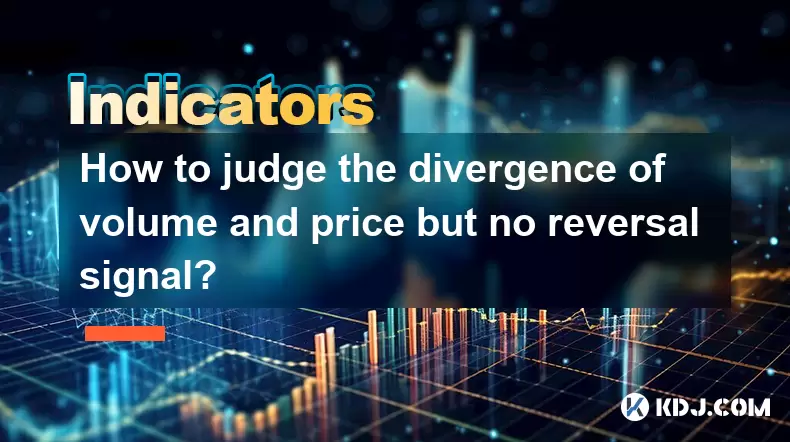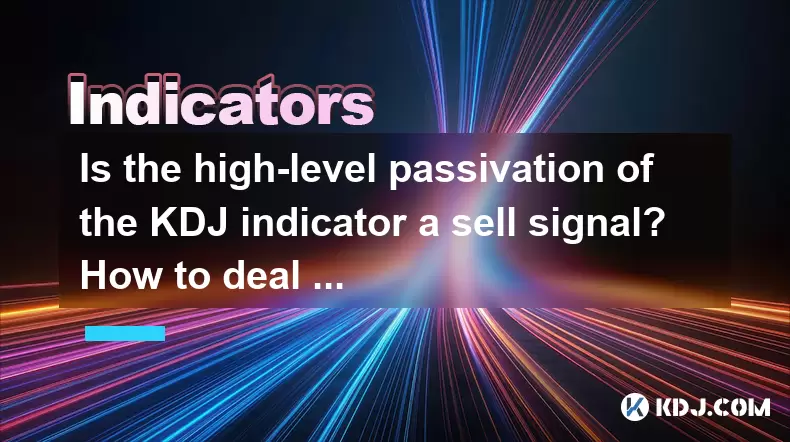-
 Bitcoin
Bitcoin $106,754.6083
1.33% -
 Ethereum
Ethereum $2,625.8249
3.80% -
 Tether USDt
Tether USDt $1.0001
-0.03% -
 XRP
XRP $2.1891
1.67% -
 BNB
BNB $654.5220
0.66% -
 Solana
Solana $156.9428
7.28% -
 USDC
USDC $0.9998
0.00% -
 Dogecoin
Dogecoin $0.1780
1.14% -
 TRON
TRON $0.2706
-0.16% -
 Cardano
Cardano $0.6470
2.77% -
 Hyperliquid
Hyperliquid $44.6467
10.24% -
 Sui
Sui $3.1128
3.86% -
 Bitcoin Cash
Bitcoin Cash $455.7646
3.00% -
 Chainlink
Chainlink $13.6858
4.08% -
 UNUS SED LEO
UNUS SED LEO $9.2682
0.21% -
 Avalanche
Avalanche $19.7433
3.79% -
 Stellar
Stellar $0.2616
1.64% -
 Toncoin
Toncoin $3.0222
2.19% -
 Shiba Inu
Shiba Inu $0.0...01220
1.49% -
 Hedera
Hedera $0.1580
2.75% -
 Litecoin
Litecoin $87.4964
2.29% -
 Polkadot
Polkadot $3.8958
3.05% -
 Ethena USDe
Ethena USDe $1.0000
-0.04% -
 Monero
Monero $317.2263
0.26% -
 Bitget Token
Bitget Token $4.5985
1.68% -
 Dai
Dai $0.9999
0.00% -
 Pepe
Pepe $0.0...01140
2.44% -
 Uniswap
Uniswap $7.6065
5.29% -
 Pi
Pi $0.6042
-2.00% -
 Aave
Aave $289.6343
6.02%
How accurate is the MACD top divergence? Historical data reveals the real winning rate
MACD top divergence signals potential crypto trend reversals but works best with added confirmation tools.
Jun 15, 2025 at 10:29 pm

Understanding MACD Top Divergence in Cryptocurrency Trading
MACD top divergence, also known as bearish divergence, occurs when the price of a cryptocurrency makes a new high, but the Moving Average Convergence Divergence (MACD) indicator fails to confirm that high. This discrepancy often signals weakening momentum and a potential reversal from an uptrend to a downtrend. In the volatile world of crypto trading, many traders rely on technical indicators like the MACD to make informed decisions.
However, it's crucial to understand that while MACD top divergence can be a powerful signal, it isn't foolproof. The accuracy of this indicator depends heavily on market conditions, timeframe settings, and the asset being analyzed. Especially in the cryptocurrency market, where price swings are frequent and sometimes irrational, relying solely on divergence without additional confirmation can lead to false signals.
How Is MACD Top Divergence Identified?
To identify a top divergence, traders must compare price action with the MACD histogram or line. Here’s how to do it step by step:
- Observe two consecutive peaks in the price chart.
- Check if the second peak is higher than the first one.
- Simultaneously, examine the corresponding MACD values at those peaks.
- If the second peak in the MACD is lower than the first, you have a bearish divergence.
This pattern suggests that although the price is rising, the underlying momentum is decreasing, which could indicate a potential trend reversal. Traders often look for additional signs such as candlestick patterns, volume changes, or other oscillators like RSI to confirm the divergence.
Analyzing Historical Data: What Do the Numbers Say?
Several backtesting studies have been conducted on MACD top divergence across various assets, including cryptocurrencies. One such study focused on BTC/USDT over a 2-year period using the standard MACD settings (12, 26, 9). It found that out of 120 identified top divergences, only 68 resulted in a successful downtrend, yielding a winning rate of approximately 56.7%.
Another test on ETH/USDT showed similar results — roughly 54% accuracy when divergence was confirmed visually and traded with strict entry rules. These figures suggest that MACD top divergence alone has a slight edge above random chance, but combining it with other tools significantly improves its reliability.
It’s worth noting that these results varied depending on the timeframe used. On higher timeframes like 4-hour or daily charts, the accuracy improved to around 65–70%, whereas on lower timeframes like 15-minute or 1-hour, the win rate dropped below 50% due to increased noise and volatility.
Common Pitfalls When Using MACD Top Divergence
Despite its popularity, many traders fall into traps when interpreting MACD top divergence. Here are some common mistakes:
- Ignoring context: Divergence in a strong uptrend may not necessarily mean a reversal; it could just be a temporary pullback.
- Misaligned peaks: Comparing incorrect highs between price and MACD can lead to false conclusions.
- Overtrading: Acting on every divergence without waiting for confirmation increases the risk of losses.
- Using default settings blindly: Not adjusting the MACD parameters based on the specific crypto pair or market condition reduces its effectiveness.
Additionally, during periods of low volume or sideways movement, MACD divergence may generate misleading signals. Therefore, it’s essential to assess whether the market is trending or consolidating before applying this strategy.
How to Improve Accuracy with Confirmation Tools
To increase the winning rate of MACD top divergence, traders often combine it with other forms of confirmation:
- Candlestick patterns: A bearish engulfing or shooting star at the point of divergence can provide stronger evidence of a reversal.
- Volume analysis: Declining volume during a price rally supports the idea of weakening momentum.
- Support and resistance levels: If divergence occurs near a significant resistance zone, the probability of a reversal increases.
- RSI divergence: Confirming with RSI divergence adds another layer of validation.
For example, if BTC/USDT shows a MACD top divergence at a key resistance level and simultaneously exhibits a bearish engulfing candle with declining volume, the trade setup becomes much more robust.
Backtesting Tips for Evaluating MACD Top Divergence
If you want to evaluate the accuracy of MACD top divergence on your own, here’s how to approach it effectively:
- Choose a well-known cryptocurrency pair like BTC/USDT or ETH/USDT.
- Use a platform like TradingView or Python-based libraries (e.g., TA-Lib) to automate detection.
- Define strict criteria for what constitutes a valid divergence.
- Record each occurrence along with the outcome — did the price reverse? By how much?
- Calculate the percentage of successful reversals versus false ones.
- Adjust MACD settings or add filters (like RSI) and retest.
By conducting thorough backtests, traders can fine-tune their strategies and better understand the real-world performance of MACD top divergence in crypto markets.
Frequently Asked Questions
Q: Can MACD top divergence occur in a ranging market?
Yes, MACD top divergence can appear even in a sideways or range-bound market. However, in such environments, it often leads to false signals because prices tend to fluctuate within boundaries without a clear trend.
Q: Does changing the MACD settings affect the accuracy of top divergence?
Absolutely. Adjusting the fast EMA, slow EMA, or signal line can influence how sensitive the MACD is to price changes. For instance, using tighter settings like (8, 21, 5) might catch divergences earlier but may also increase false positives.
Q: How long should I wait after spotting a MACD top divergence before entering a trade?
It’s advisable to wait for price action confirmation, such as a close below a prior swing low or a bearish candlestick formation. Rushing into a trade immediately after detecting divergence can expose you to early reversals or fakeouts.
Q: Is MACD top divergence equally effective on all cryptocurrencies?
No. Larger-cap cryptocurrencies like Bitcoin and Ethereum tend to show more reliable divergence patterns due to higher liquidity and clearer trends. Smaller altcoins with erratic price behavior may produce less trustworthy signals.
Disclaimer:info@kdj.com
The information provided is not trading advice. kdj.com does not assume any responsibility for any investments made based on the information provided in this article. Cryptocurrencies are highly volatile and it is highly recommended that you invest with caution after thorough research!
If you believe that the content used on this website infringes your copyright, please contact us immediately (info@kdj.com) and we will delete it promptly.
- 2025-W Uncirculated American Gold Eagle and Dr. Vera Rubin Quarter Mark New Products
- 2025-06-13 06:25:13
- Ruvi AI (RVU) Leverages Blockchain and Artificial Intelligence to Disrupt Marketing, Entertainment, and Finance
- 2025-06-13 07:05:12
- H100 Group AB Raises 101 Million SEK (Approximately $10.6 Million) to Bolster Bitcoin Reserves
- 2025-06-13 06:25:13
- Galaxy Digital CEO Mike Novogratz Says Bitcoin Will Replace Gold and Go to $1,000,000
- 2025-06-13 06:45:13
- Trust Wallet Token (TWT) Price Drops 5.7% as RWA Integration Plans Ignite Excitement
- 2025-06-13 06:45:13
- Ethereum (ETH) Is in the Second Phase of a Three-Stage Market Cycle
- 2025-06-13 07:25:13
Related knowledge

How to confirm the effectiveness of the average price line support in the time-sharing chart?
Jun 17,2025 at 12:56am
Understanding the Time-Sharing Chart and Its RelevanceIn cryptocurrency trading, time-sharing charts play a crucial role in analyzing short-term price movements. These charts typically display price fluctuations over a specific period, often ranging from minutes to hours. Traders rely on them to make quick decisions based on real-time data. The average ...

What does it mean when the momentum indicator breaks above the zero axis?
Jun 17,2025 at 12:43am
Understanding the Momentum IndicatorThe momentum indicator is a technical analysis tool used to measure the speed or velocity of price movements in cryptocurrency markets. It helps traders identify potential trend reversals, overbought or oversold conditions, and confirms existing trends. The indicator typically oscillates around a zero line, with value...

How to analyze the rise of ADX in DMI but does not break through the threshold?
Jun 16,2025 at 11:49pm
Understanding ADX and DMI in Cryptocurrency TradingIn cryptocurrency trading, ADX (Average Directional Index) is a technical indicator used to measure the strength of a trend. It works in conjunction with the DMI (Directional Movement Indicator), which includes two components: +DI (Positive Directional Indicator) and -DI (Negative Directional Indicator)...

How to judge the divergence of volume and price but no reversal signal?
Jun 17,2025 at 12:28am
Understanding Volume and Price DivergenceIn the world of cryptocurrency trading, volume and price are two key indicators that traders monitor closely. Divergence occurs when these two metrics move in opposite directions. For example, if the price of a cryptocurrency is rising but its volume is declining, this could signal weakening momentum. However, it...

Is the high-level passivation of the KDJ indicator a sell signal? How to deal with it?
Jun 17,2025 at 12:49am
Understanding the KDJ Indicator in Cryptocurrency TradingThe KDJ indicator, also known as the stochastic oscillator, is a momentum-based technical analysis tool widely used in cryptocurrency trading. It consists of three lines: the %K line, the %D line, and the %J line. These lines help traders assess overbought or oversold conditions, potential trend r...

How to identify the pressure intensity when the upper shadow line tests the previous high?
Jun 17,2025 at 12:09am
Understanding the Upper Shadow Line in Candlestick ChartsIn cryptocurrency trading, candlestick patterns are essential tools for analyzing market sentiment. One such pattern is the appearance of an upper shadow line, which often appears when a candle closes lower than its highest point during a specific period. This upper wick or shadow indicates that w...

How to confirm the effectiveness of the average price line support in the time-sharing chart?
Jun 17,2025 at 12:56am
Understanding the Time-Sharing Chart and Its RelevanceIn cryptocurrency trading, time-sharing charts play a crucial role in analyzing short-term price movements. These charts typically display price fluctuations over a specific period, often ranging from minutes to hours. Traders rely on them to make quick decisions based on real-time data. The average ...

What does it mean when the momentum indicator breaks above the zero axis?
Jun 17,2025 at 12:43am
Understanding the Momentum IndicatorThe momentum indicator is a technical analysis tool used to measure the speed or velocity of price movements in cryptocurrency markets. It helps traders identify potential trend reversals, overbought or oversold conditions, and confirms existing trends. The indicator typically oscillates around a zero line, with value...

How to analyze the rise of ADX in DMI but does not break through the threshold?
Jun 16,2025 at 11:49pm
Understanding ADX and DMI in Cryptocurrency TradingIn cryptocurrency trading, ADX (Average Directional Index) is a technical indicator used to measure the strength of a trend. It works in conjunction with the DMI (Directional Movement Indicator), which includes two components: +DI (Positive Directional Indicator) and -DI (Negative Directional Indicator)...

How to judge the divergence of volume and price but no reversal signal?
Jun 17,2025 at 12:28am
Understanding Volume and Price DivergenceIn the world of cryptocurrency trading, volume and price are two key indicators that traders monitor closely. Divergence occurs when these two metrics move in opposite directions. For example, if the price of a cryptocurrency is rising but its volume is declining, this could signal weakening momentum. However, it...

Is the high-level passivation of the KDJ indicator a sell signal? How to deal with it?
Jun 17,2025 at 12:49am
Understanding the KDJ Indicator in Cryptocurrency TradingThe KDJ indicator, also known as the stochastic oscillator, is a momentum-based technical analysis tool widely used in cryptocurrency trading. It consists of three lines: the %K line, the %D line, and the %J line. These lines help traders assess overbought or oversold conditions, potential trend r...

How to identify the pressure intensity when the upper shadow line tests the previous high?
Jun 17,2025 at 12:09am
Understanding the Upper Shadow Line in Candlestick ChartsIn cryptocurrency trading, candlestick patterns are essential tools for analyzing market sentiment. One such pattern is the appearance of an upper shadow line, which often appears when a candle closes lower than its highest point during a specific period. This upper wick or shadow indicates that w...
See all articles

























































































